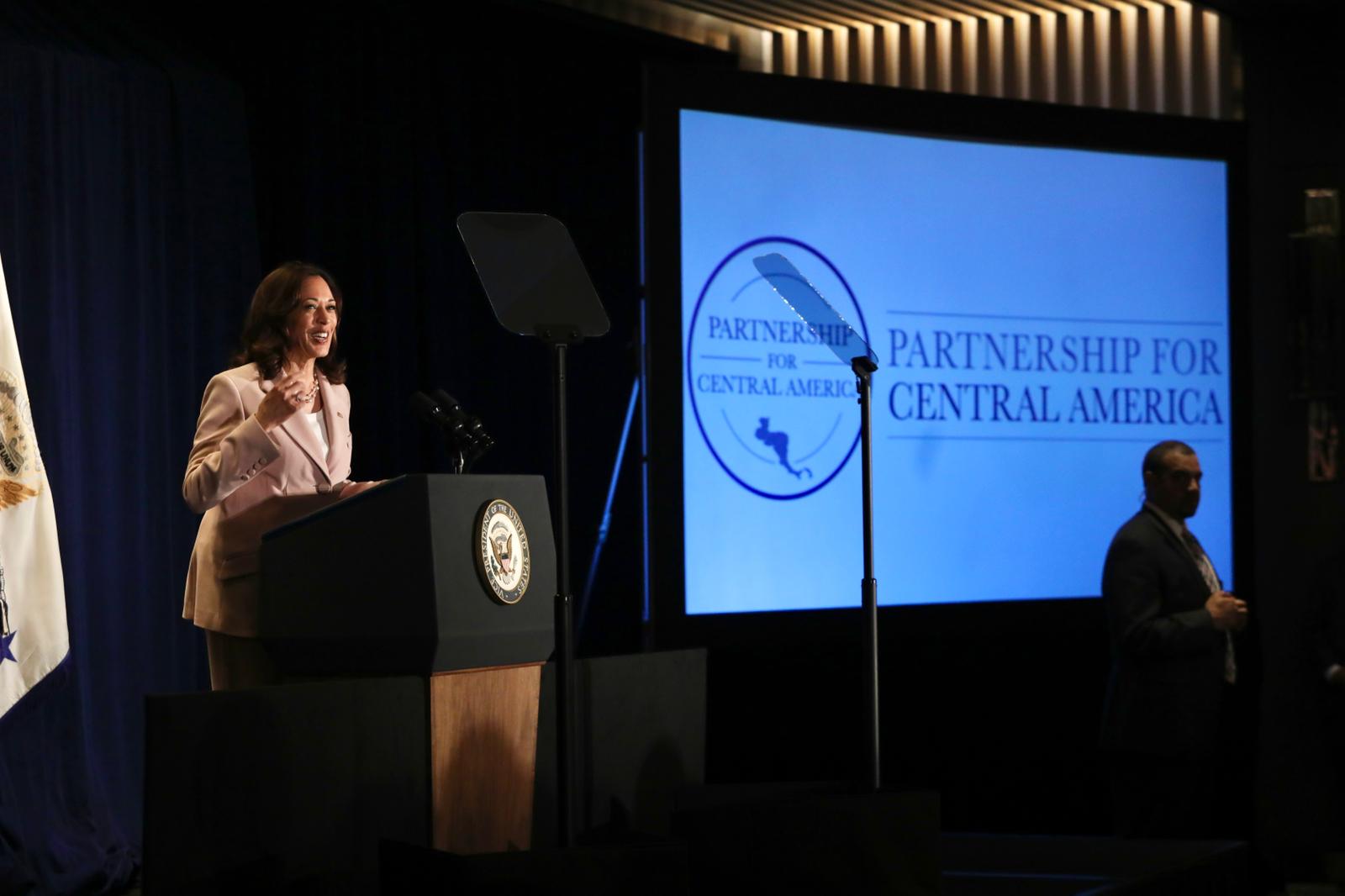Progress Under the Partnership for Central America
 Central America, particularly Central America’s Northern Triangle — El Salvador, Guatemala and Honduras — has been experiencing a major evacuation of migrants precipitated by the multifaceted economic, political and humanitarian crises in the region. Since 2019, over 2 million migrants have fled.
Central America, particularly Central America’s Northern Triangle — El Salvador, Guatemala and Honduras — has been experiencing a major evacuation of migrants precipitated by the multifaceted economic, political and humanitarian crises in the region. Since 2019, over 2 million migrants have fled.
The region is among the poorest and most dangerous in the Western Hemisphere, and all three countries ranked near the bottom for gross domestic product (GDP) per capita among Latin American and Caribbean countries. The region lacks skilled workers, access to education and economic security. A significant push factor is the high rate of informality, which is approximately 77%. Furthermore, according to the World Food Program, more than 6 million inhabitants were food insecure.
Nearly Half the Population Wants to Emigrate
The region’s problems are rooted in its brutal history of violence stemming from decades of civil war, instability and gang violence. Thus, many Central Americans are willing to make the long and treacherous journey to the United States in the hope of a better life. The governments of Central America and the United States have been trying to work together to solve these issues.
To address this immense migration, the Biden Administration has created the Partnership for Central America, which will combat the problems of migration by creating economic opportunity in the region.
The Partnership for Central America
Vice President Kamala Harris announced that the private sector, thanks to the Partnership for Central America, has agreed to commit more than $950 million as a part of the Call to Action for Northern Central America. Under this public-private partnership, around 47 companies and organizations are cooperating across financial services, agriculture, textiles, technology, telecommunications and nonprofit sectors to build the nation’s economic security.
These investments are creating jobs, expanding access to financing for small businesses, expanding opportunities for training and education for youth and workers and improving livelihoods for inhabitants of the region. As part of the plan, Vice President Harris has called on businesses and organizations to contribute to advancing the economies of the region.
A few of the commitments made by major companies:
- Target has agreed to increase its funding by $300 million in the region and attempt to grow vendor relationships that operate in all three countries.
- Nestle will support more than 7,500 coffee producers in adopting regenerative agriculture practices which will enhance their production thus strengthening their coffee supply chains.
- Root Capital will be lending $1.4 million to small businesses in Guatemala as well as educating these businesses on how to grow and access capital. Additionally, it has committed $80 million in loans to agricultural businesses.
Central America Forward
Following the investments in Central America’s private sectors, Vice President Harris’s Central America Forward plan will focus on advancing good governance and labor rights. Furthermore, a U.S. government Northern Central American Investment Facilitation Team will support USAID workforce development, clean energy infrastructure, connection to the digital economy and work to empower women in the region.
Through these measures, Central America can obtain significant economic growth that is stable as well as sustainable. Furthermore, these investments can pave the way for American companies to gain access to new overseas markets which will continue to spur growth. International experience shows that when the international community works together, it can make significant economic and social advances.
Following the massive migration from Northern Central America, the U.S. government and leaders of Central America have committed to addressing the root causes by supporting the region’s long-term development. This plan will work to foster economic opportunity, expand access to education, improve governance, combat corruption and strengthen security. These efforts will work to provide the region not only with new opportunities, but a new vision of hope for Central America.
– Cameron Alcocer
Photo: Wikimedia Commons
